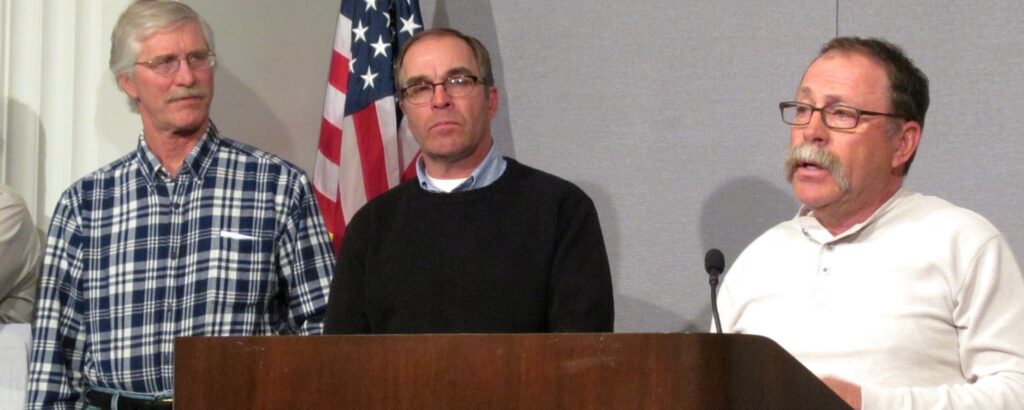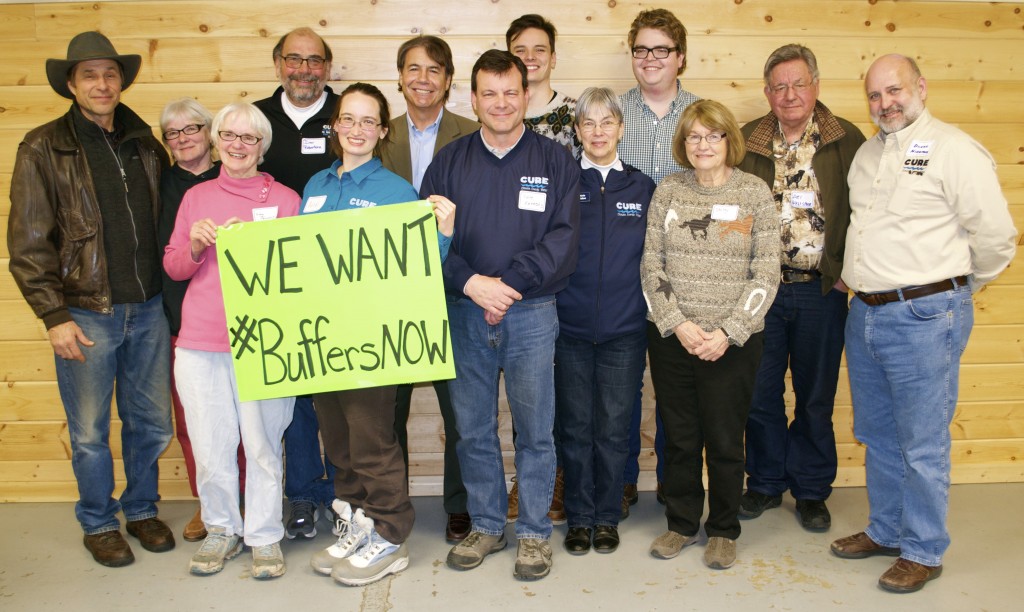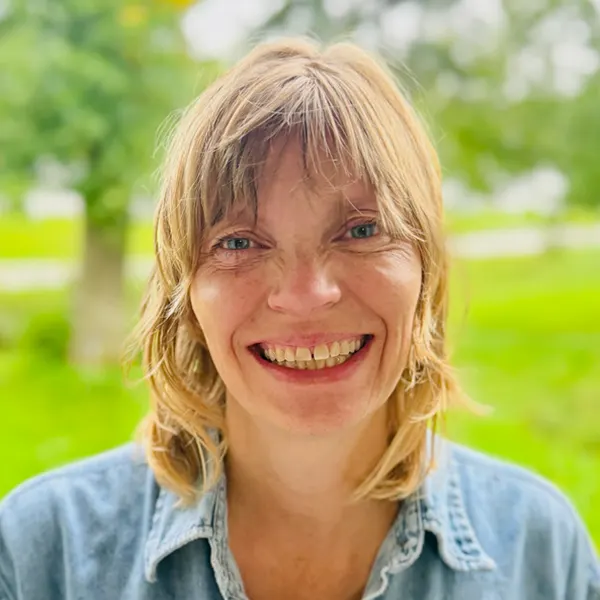What’s happened so far?
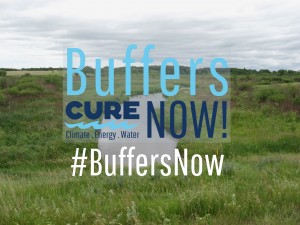 Though there was a flurry of activity in early March when the buffer bills (HF 1534 and SF 1537) were introduced, since then, much of the public legislative activity around buffers has stalled. A hearing in the House Environment and Natural Resources Committee went nowhere, and while the Senate Bill was passed out of the Environment and Energy Committee with ease, it was never heard in the Senate Jobs, Agriculture, and Rural Development Committee, the next stop on the train. While the Senate bill author John Marty did offer an amendment intended to clarify concerns of the opposition, it didn’t take. Since then, no formal legislative actions have been taken on either bill.
Though there was a flurry of activity in early March when the buffer bills (HF 1534 and SF 1537) were introduced, since then, much of the public legislative activity around buffers has stalled. A hearing in the House Environment and Natural Resources Committee went nowhere, and while the Senate Bill was passed out of the Environment and Energy Committee with ease, it was never heard in the Senate Jobs, Agriculture, and Rural Development Committee, the next stop on the train. While the Senate bill author John Marty did offer an amendment intended to clarify concerns of the opposition, it didn’t take. Since then, no formal legislative actions have been taken on either bill.
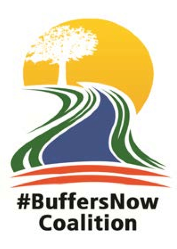 However, that is no reason to give up hope. As we have been reminded over and over again, Governor Dayton is behind this initiative, and that is powerful. As action in the legislature stagnated, Dayton began a traveling buffers tour, making stops in Worthington, Albert Lea, and Northfield. In Northfield, he was hosted by farmer David Legvold, who works with students at St. Olaf College to meticulously measure many aspects of his farm business, including how his farming practices impact water quality.
However, that is no reason to give up hope. As we have been reminded over and over again, Governor Dayton is behind this initiative, and that is powerful. As action in the legislature stagnated, Dayton began a traveling buffers tour, making stops in Worthington, Albert Lea, and Northfield. In Northfield, he was hosted by farmer David Legvold, who works with students at St. Olaf College to meticulously measure many aspects of his farm business, including how his farming practices impact water quality.
Meanwhile, the many diverse advocates that had been working separately on the issue have banded together under one name: the #BuffersNow Coalition, named for the campaign that CURE initially launched within several days of the Governor’s January announcement. The #BuffersNow Coalition includes more than 40 organizations that support the Governor’s Buffer Initiative.
Signs of Change
Although the bills have not moved, the ongoing conversation only confirms the mounting public concern about the impact unregulated agricultural practices has on Minnesota waters.
Though much of the press has presented the Governor’s Buffer Initiative as an anti-farmer issue, several farmers traveled to St. Paul last week to speak in favor of it. One, Darrel Mosel, who farms in Sibley County, noted that while his farm still has some unbuffered waterways, he welcomes the challenge the Governor’s Initiative has laid out because, he says, “We could all do better.” Tom Kalahar, who serves on CURE’s Board of Directors and has served the conservation community for 37 years through his time with the Renville County Soil and Water Conservation District, also spoke clearly on the readiness of SWCDs and the farmers he’s worked with to embrace this new approach to conservation.

Meanwhile, the public conversation has gone beyond buffers, pointing to the impact agricultural pollution has had on the most vital water—the water people and livestock drink. Adrian’s municipal water failure a few weeks ago was followed by another failure in Randall just this week. Both cities were unable to provide their residents with safe drinking water because wells were contaminated with nitrates, a result of agricultural fertilization practices.
At the same time, this year’s topsoil erosion, visible as “snirt” and dust storms, has sparked many local conversations. While this year’s winter with little snow cover and unusually blustery spring contributed to the problem, excessive tillage and bare fields are also responsible. The moving soil is not only a loss to farmers, it can also end up in our waterways as the sediment that is filling in Lake Pepin at a rate of 1 million tons/year. 76% of that comes from the Minnesota River Basin.

While buffers are just the beginning of a comprehensive solution, the Governor’s Buffer Initiative has been most powerful in its ability to generate conversations and to legitimize the anger of the many taxpayers that feel that they have—for too long—borne the brunt of ongoing agricultural pollution. It is clear that we must adopt policy that will make it easier for farmers to do the right thing. As a member of the BuffersNow Coalition, CURE backs the Governor’s Buffer Initiative, and we are refreshed by the conversation it has created.
Blog post by Ariel Herrod, Water Program Coordinator.

